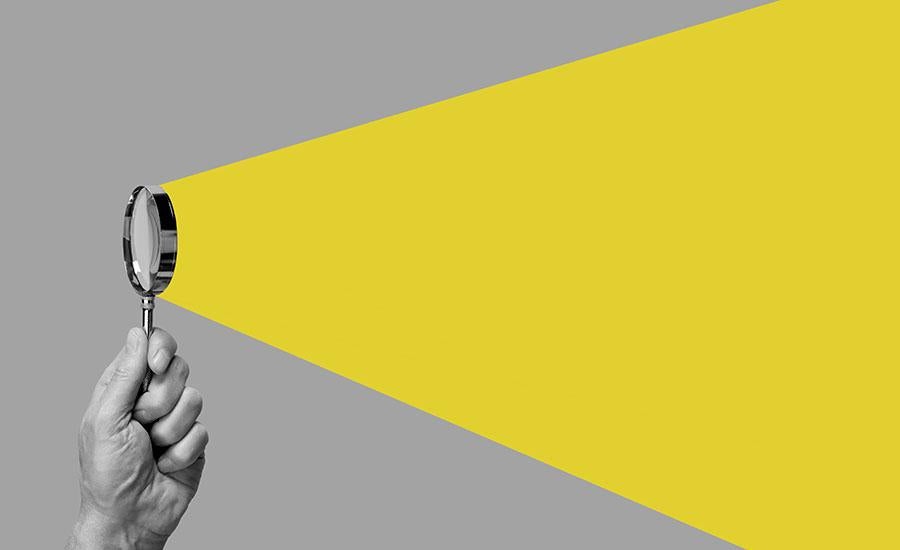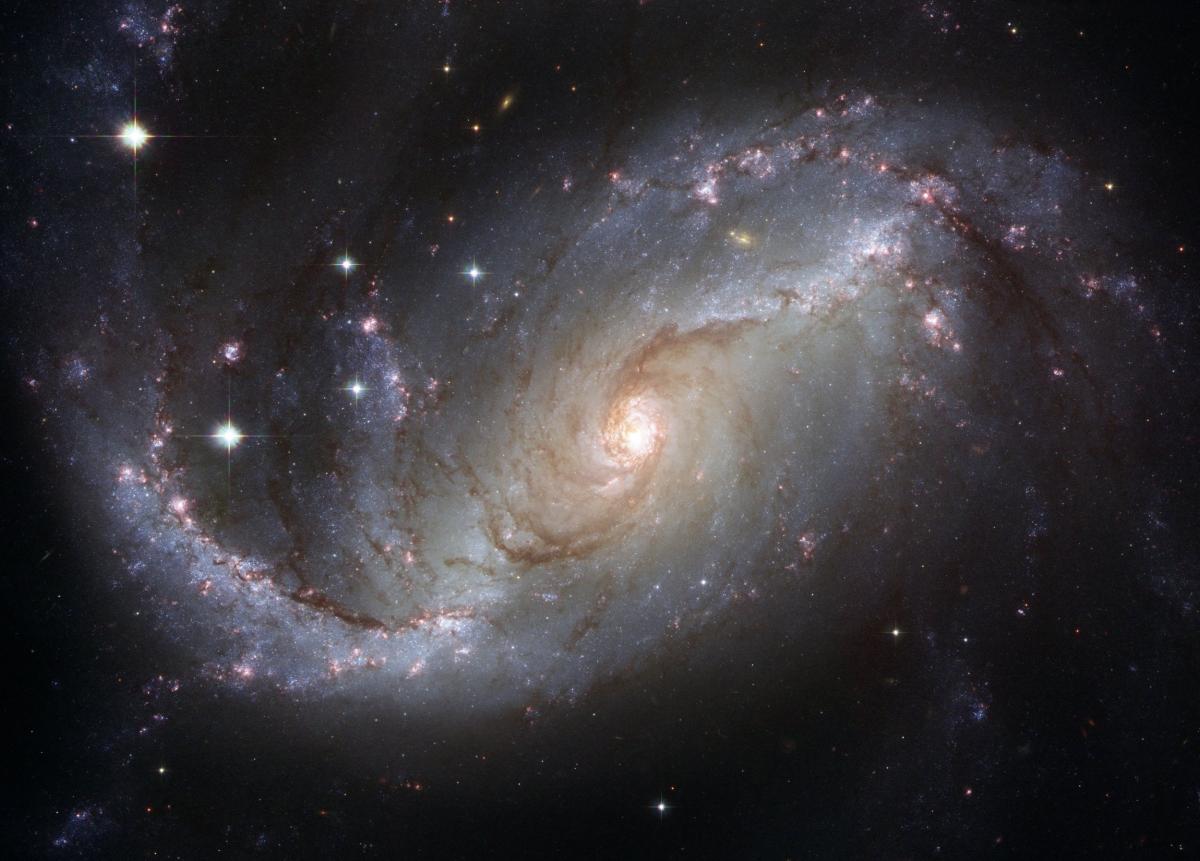
Sun and Shadow
by tawny bounds
Students will complete a shadow activity where they will learn what happens to shadows throughout the day. They will create a hypothesis, collect observable data, and come to a conclusion about a shadow's movement and the movement of the sun across the sky. They will also use rulers to measure the length of the shadows they trace and use math to compare their shadow in the morning versus the afternoon.
Lesson Grade Level
2nd GradeLesson Plan Link/URL
https://docs.google.com/presentation/d/1AxB9hRtUpYEjmKqvsMZ_rK4XA0inzsg2/edit?u…Subject Area
Science Earth and Space Science E2: Earth & the Universe Mathematics Measurement and Data (MD)
Featured
Off
Related Content

Grades:
10th Grade, 11th Grade, 12th Grade
An introduction to Kepler's 1st Law and ellipses. The lesson includes some guided notes for students as well as a hands on activity where students will draw, measure, explore, and conduct calculations

Grades:
7th Grade, 8th Grade, 9th Grade, 10th Grade, 11th Grade, 12th Grade
This engaging lesson is an introductory lesson regarding the size and scale of the Universe and objects within. This was designed for high school Astronomy but is easily useable with ages down through

Grades:
5th Grade
In this activity, students will complete a Web Quest to find the diameter of the Earth, Moon, and Sun AND will observe how the Earth orbits around the Sun and how the moon rotates around the Earth by

